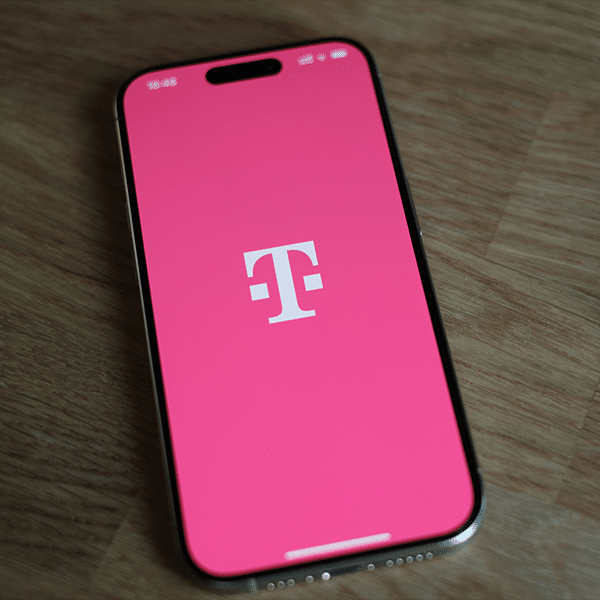 Just 24 bidding days after it kicked off, the CBRS auction has closed, raising $4.585 billion. More than 91.1% of available licenses had winning bids – 20.625 out of 22,631 total licenses, the FCC said.
Just 24 bidding days after it kicked off, the CBRS auction has closed, raising $4.585 billion. More than 91.1% of available licenses had winning bids – 20.625 out of 22,631 total licenses, the FCC said.
Information about winning bidders is expected to be released soon.
CBRS Auction Closes
Auction proceeds were a bit more than some pundits expected but lower than some other forecasts. Estimates for how much the auction would raise ranged from as low as $3 billion to $4 billion to around $10 billion.
The auctioned spectrum lies between 3550 and 3650 MHz, making it mid-band spectrum, which some see supporting the optimum blend of speed and coverage for 5G. Other recent auctions have involved millimeter wave spectrum, which supports higher speeds but over considerably shorter distances, requiring a greater investment in cellsites. Accordingly, the CBRS auction drew a wide range of bidders, including all three major nationwide carriers, along with smaller mobile carriers, fixed wireless providers, cable companies and wireline providers planning to deploy fixed wireless..
CBRS licenses were issued on a county-by-county basis, with seven licenses for each county. All licenses were sold in 2,543 counties, which comprise the majority of U.S. counties, according to data from Wiley Rein LLP, a law firm that has been tracking auction results. All licenses were sold in the nation’s largest counties, fetching a high of over $52 million per license in Los Angeles county.
Los Angeles county, which has a population of 9.9 million, was not the costliest county on a MHz POP basis, however.
Dollars per MHz POP measures the amount spent per megahertz based on population and by this measurement, some counties with relatively low populations were some of the costliest. While the cost of a Los Angeles county license was $0.53 per MHz POP, a license for Kalawao county, Hawaii – which has a population of just 90 — went for $8 per MHz POP, Wiley Rein said.
Seventeen U.S. counties had prices per MHz POP that exceeded two dollars, and most of these were counties with populations below 10,000.
Unlicensed Spectrum
Counties that did not receive any winning bids included 10 in Alaska and several in American Samoa and the Northern Marianas Islands, according to Wiley Rein, which also found that the commission failed to sell 1915 blocks in another 675 counties but did sell at least one license in each of those counties.
Spectrum that was not sold in the auction will be available for unlicensed use and operators will be able to combine it with additional spectrum in a different portion of the CBRS band that has been reserved for unlicensed use. Network operators deploying service in any portion of the CBRS band are required to deploy equipment that works with a spectrum access system that has several purposes. One is to ensure that network operators do not use spectrum when and where it is in use by the U.S. military. Another is to prevent network operators from using spectrum in which a licensee has deployed service. A third is to equitably divvy up unlicensed spectrum among all those wanting to use the spectrum in a given area.
Additional information about the status of the spectrum band as the CBRS auction closes can be found in this FCC press release.


